Description
Whole House Water Softener
Treat yourself to the lavishness of spa-quality softened water.
The Aqua True Blue Whole House Water Softening System is designed to deliver soft, scale-free water throughout your entire house.
The system can treat up to 32,000 grains of hardness, it’s tailored for households with 1-2 bathrooms and accommodating up to 4 individuals. Its sophisticated digital control console ensures efficient backwashing only when necessary, conserving valuable water.
- This system effectively reduces water hardness and eliminates scale and spot buildup, providing comprehensive protection for your home.
- Rated to tackle 32,000 grains of hardness, it removes skin-damaging minerals like iron and magnesium, preventing pore clogging and irritation.
- Equipped with an Aquatrol Advanced Digital On-Demand Meter Control Head, in and out bypass, and a choice of 1″ NPT Male Adapter (or 3/4″), it comes ready with premium-quality resin for immediate use.
- Plus, it’s featured time-delayed, metered, and manual double backwash ensures optimal regeneration, cleaning, and performance.
This complete water softener comes with Fine Mesh Resin 9 x 48 Black USA Mineral Tank loaded with 1 cubic foot of Fine Mesh Resin Black Brine Tank with Safety Float 1 inch (or ¾”) Noryl Plastic Bypass Aquatrol 56SE Metered Control Valve.
WHOLE HOUSE WATER SOFTENERS
A standard water softener is a mechanical device integrated into your home’s water supply system. All water softeners operate on a fundamental principle: they substitute minerals with another substance, typically sodium, through a process known as ion exchange.
At the core of a water softener lies a mineral tank filled with small polystyrene beads, also referred to as resin or zeolite. These beads are negatively charged, while calcium and magnesium ions in water carry positive charges. Consequently, as hard water flows through the mineral tank, these minerals adhere to the beads. Although sodium ions also possess positive charges, they are not as potent as calcium and magnesium ions. In traditional water softeners, when a highly concentrated brine solution is flushed through a tank already saturated with calcium and magnesium, the abundance of sodium ions displaces the calcium and magnesium ions from the beads. Water softeners typically incorporate a separate brine tank that utilizes common salt to generate this brine solution.
During normal operation, hard water enters the mineral tank, and calcium and magnesium ions adhere to the beads, displacing sodium ions into the water. Once the beads become saturated with calcium and magnesium, the unit initiates a 3-phase regeneration cycle. Initially, in the backwash phase, the water flow is reversed to expel any accumulated debris from the tank. Subsequently, during the recharge phase, the concentrated sodium-rich salt solution from the brine tank is conveyed through the mineral tank. Sodium ions accumulate on the beads, displacing calcium and magnesium ions, which are then discharged. Following this phase, the mineral tank is rinsed of excess brine, and the brine tank is replenished.
Sizing Your Softener:
The measurement of water hardness can be expressed as “milligrams per liter” (mg/l), “parts per million” (ppm), or “grains per gallon” (gpg). The majority of the industry uses gpg to determine softener size. To find your hardness value in grains per gallon, divide ppm and mg/l by 17.1.
It’s also necessary to take into consideration the iron and manganese content of your water. You can quickly calculate this figure by multiplying the concentration of iron and manganese (in ppm or mg/l) by 4. To the hardness value you calculated previously, add this amount. The overall value that results is more akin to a “compensated” hardness number and will help you size your softener more accurately.
We’ll assume 4 people living in the house, a hardness value of 10grains per gallon, and 2 ppm iron content in the example below.
Considering a household of 4 people, each using an estimated 75 gallons of water per day, and factoring in water hardness at 10 grains per gallon plus iron content at 2 parts per million (ppm) multiplied by 4, the total hardness to be addressed daily amounts to 5,400 grains. Therefore, for a system with a capacity of 32,000 grains, the effective operational capacity would be around 26,000 grains, accounting for a reserve capacity of 20%. With this setup, a metered unit would undergo regeneration approximately every 5 days, calculated by dividing the operational capacity (26,000 grains) by the daily hardness to be removed (5,400 grains), which is deemed acceptable
Use the formula above to adjust for the number of people actually living in your home, and your specific water hardness.
If your water has normal to low iron levels, you can design your softener to regenerate every 5 to 10 days. However, for higher iron (5 mg/l and higher) and manganese (1 mg/l and above) levels, it’s advisable to opt for more frequent regeneration to prevent buildup in the resin bed. In such instances, regenerating every three to five days might be necessary. If your water has exceptionally high iron levels, feel free to reach out to us via email or phone for personalized sizing recommendations.
METERED SOFTENING WATER SYSTEMS.
This System Is Perfect For 2-4 People + High Hardness
System Includes:
- Aquatrol Electronic Control Head
- Brine Tank with Overflow Regulator
- 9″ x 48″ Resin Tank with Distributor Tube
- 0 CF Premium Grade Resin (Prefilled) with Gravel Underbed
- Bypass Valve with 1” In and Out NPT Yoke (3/4“ Available by Request)

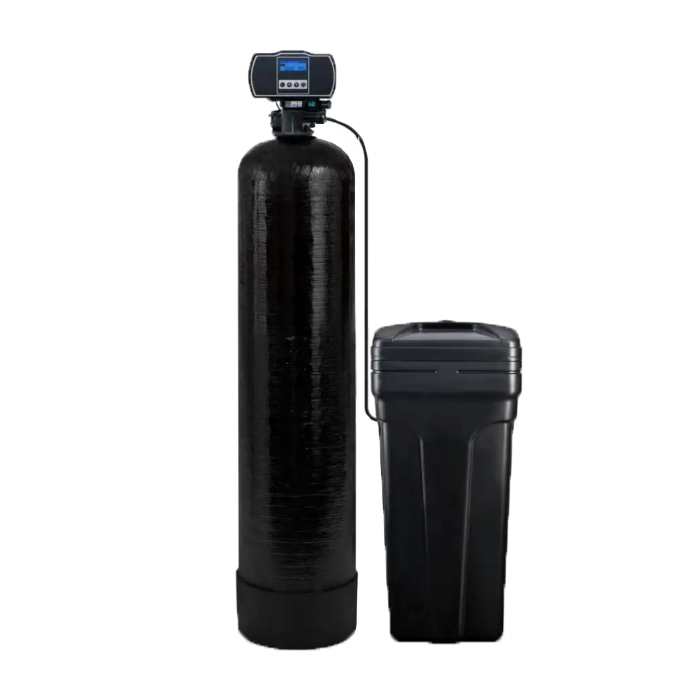
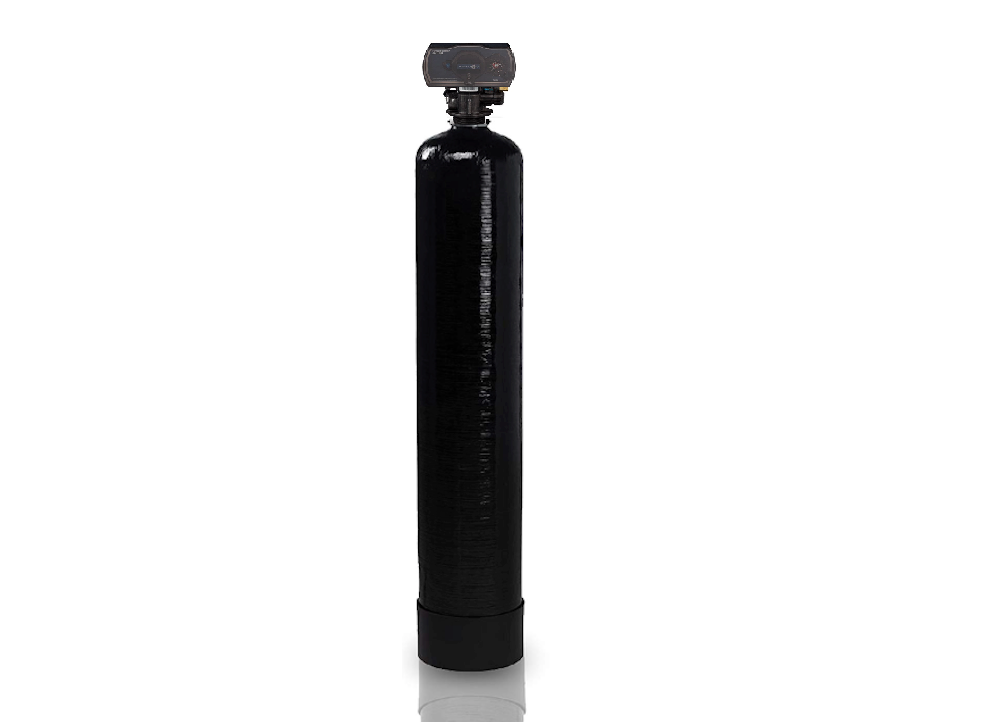
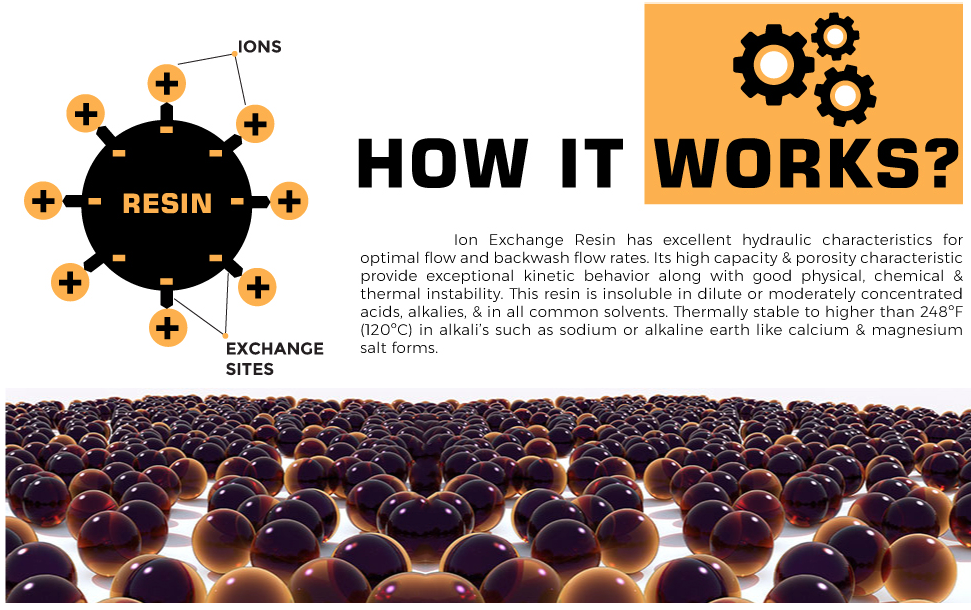
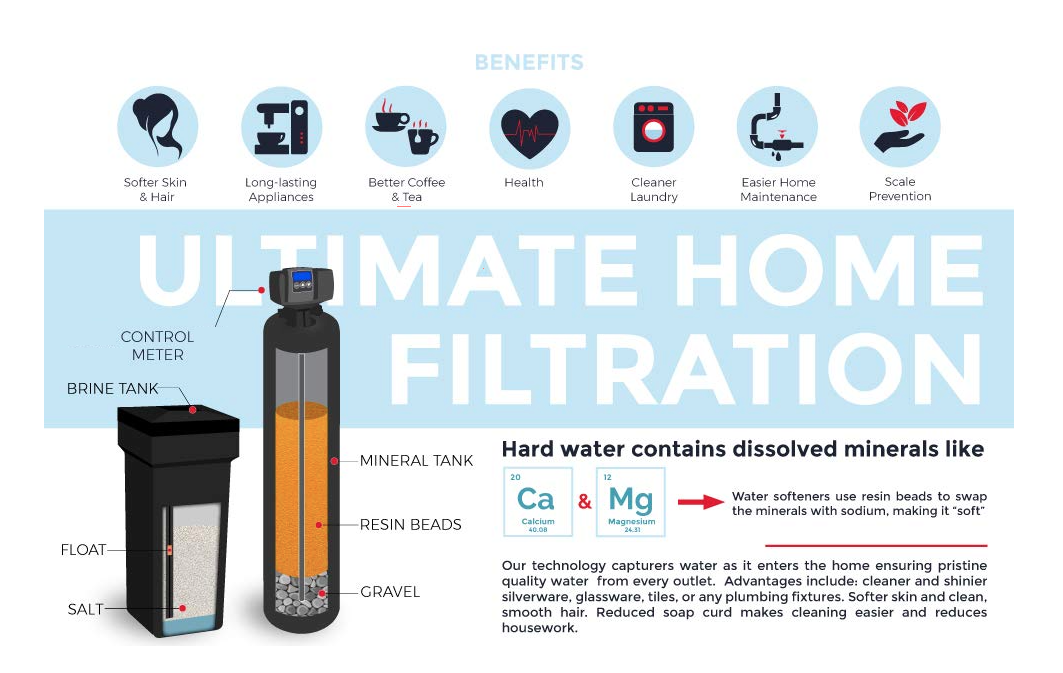
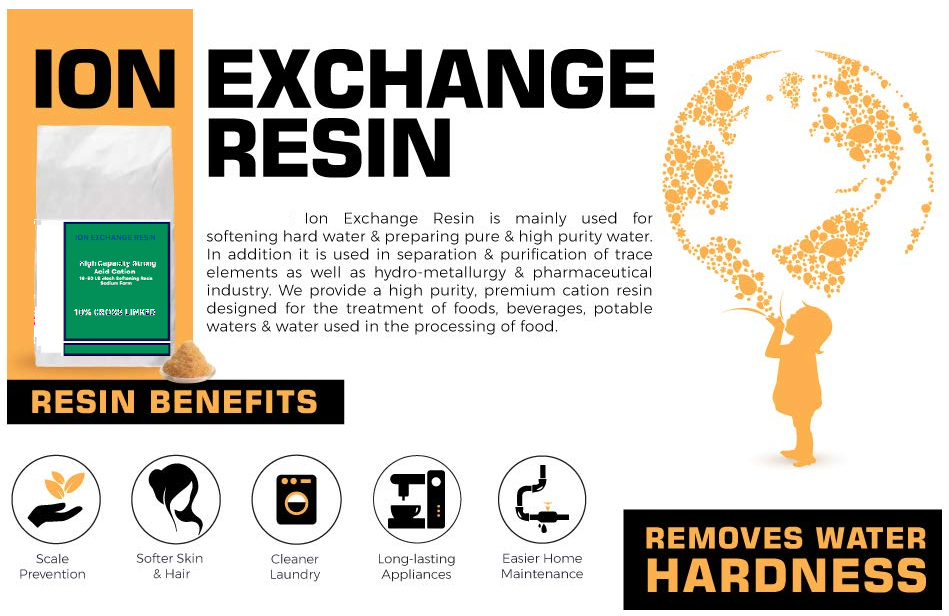
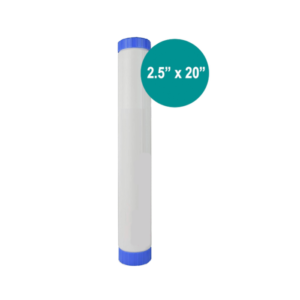
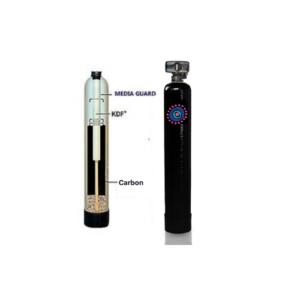
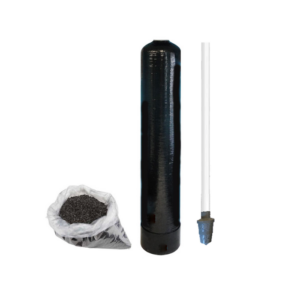

Reviews
There are no reviews yet.